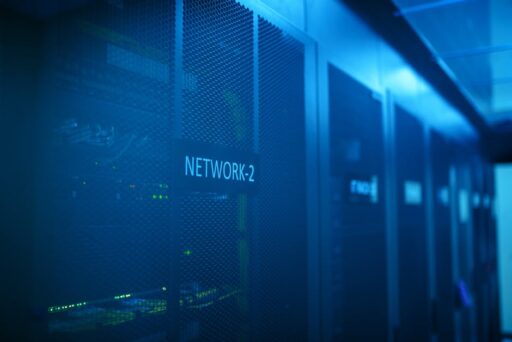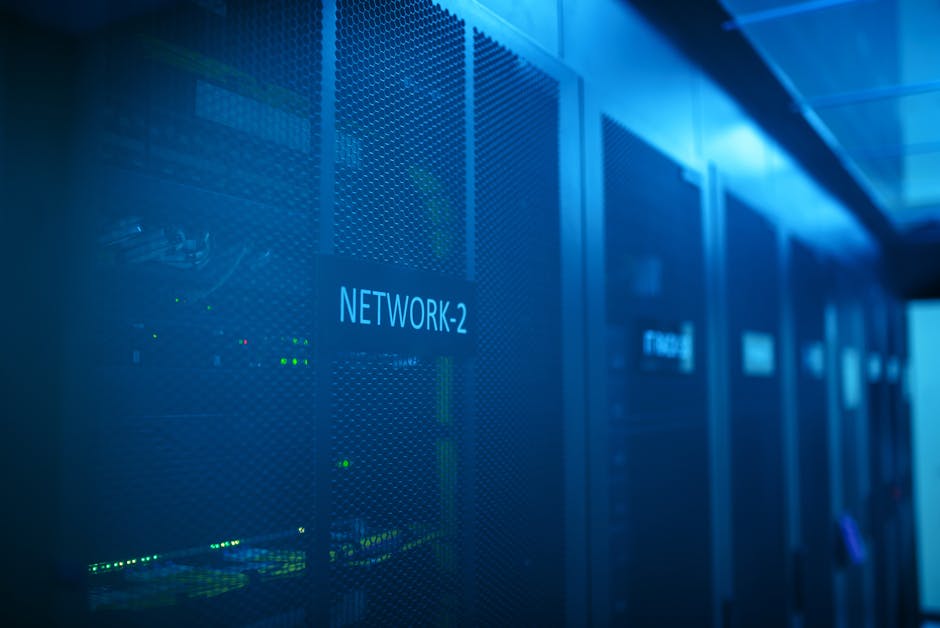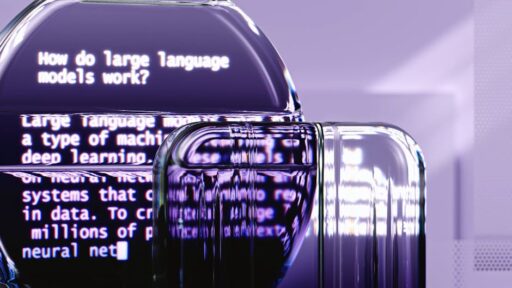Anthropic’s $50B Data Center Investment: Why It Matters for Claude and AI Infrastructure
Anthropic has announced an ambitious plan to invest $50 billion in building custom data centers across the United States to support the growing compute requirements of its Claude family of models. The buildout will place facilities in strategic markets and is designed to be optimized for the specific workload characteristics of advanced large language models (LLMs). This article unpacks the decision, technical priorities, economic implications and broader industry context as AI companies pour unprecedented capital into compute infrastructure.
What will Anthropic’s $50B data center push achieve?
Anthropic’s data center investment aims to accomplish several interrelated goals:
- Scale compute capacity: Deliver consistent, high-density GPU resources to train and run Claude models at scale.
- Improve efficiency: Deploy custom designs optimized for power delivery, cooling and rack-level networking tailored to LLM workloads.
- Reduce dependence on third-party clouds: Complement existing cloud partnerships with owned capacity that offers cost predictability and architectural control.
- Accelerate innovation: Create an environment where experimental model architectures and higher-efficiency inference systems can be tested on dedicated infrastructure.
Together, these objectives reflect a shift from entirely cloud-based strategies toward hybrid models where owning specialized infrastructure becomes a strategic differentiator for AI developers.
How are Anthropic’s data centers being designed for AI workloads?
Modern LLMs impose unique demands compared with traditional enterprise or web workloads. Anthropic’s facilities are reportedly being custom-built with a focus on:
Power and cooling engineered for high-density GPUs
LLM training and inference require sustained power delivery and cooling for GPU clusters. Custom data centers allow operators to implement liquid cooling, optimized airflow and rack-level power distribution, which can significantly reduce energy overhead and improve utilization.
Low-latency, high-bandwidth networking
Distributed training and multi-GPU inference depend on high-speed interconnects. Purpose-built facilities can deploy dense, topologically-optimized network fabrics to minimize cross-rack latency and maximize throughput for collective communication patterns.
Software and hardware stack co-design
Custom infrastructure enables tighter integration between hardware choices (GPU families, accelerators, NICs) and the software stack (schedulers, model parallelism frameworks, KV cache systems). This co-design reduces inefficiencies that occur when workloads are adapted to generic cloud instances.
What are the financial and strategic drivers behind a $50B commitment?
Large-scale infrastructure investments are shaped by both economic forecasts and strategic priorities. For Anthropic, several drivers stand out:
- Projected revenue growth and model monetization: Anticipated demand for Claude-powered products and enterprise licensing can justify significant up-front capital if it secures long-term margin improvements.
- Cost control and predictability: Owning infrastructure can reduce dependence on variable cloud pricing and mitigate supply constraints during peak procurement cycles.
- Competitive positioning: As rivals announce multi-hundred-billion infrastructure plans, substantial investment signals seriousness about long-term competitiveness in foundational AI.
- Performance differentiation: Custom facilities provide capabilities and efficiency gains that can translate into faster training cycles and lower inference latency.
However, committing tens of billions requires rigorous capacity planning, staged deployment and alignment between engineering timelines and revenue realizations.
How does this compare to other big AI infrastructure bets?
Anthropic’s $50B is sizable but sits alongside even larger announced infrastructure commitments across the industry. Some companies and partnerships have disclosed multi-hundred-billion plans aimed at supporting broad AI ambitions, reflecting an ecosystem-wide need for compute capacity. The competitive arms race has prompted concerns about overinvestment, leading some observers to ask whether the market might be entering an AI infrastructure bubble.
For a deeper analysis of industry spending trends and the risks around a potential infrastructure bubble, see our in-depth piece Is an AI Infrastructure Bubble Brewing? Data Center Risks and our report on financing models for big AI builds OpenAI Infrastructure Financing: Costs, Risks & Roadmap.
What are the technical risks and operational challenges?
Building custom data centers is complex. Operational and technical risks include:
- Supply chain volatility: Procuring GPUs, networking gear and specialized cooling components at scale can encounter lead times and price volatility.
- Deployment complexity: Integrating hardware, cabling, power and software across multiple sites requires rigorous project management and incremental testing.
- Energy sourcing and sustainability: High-density AI facilities have large energy footprints. Securing reliable, low-carbon power sources is necessary to meet corporate sustainability targets.
- Utilization risks: Underutilized capacity can erode expected ROI; accurate demand forecasting and flexible deployment strategies are crucial.
Addressing these issues typically requires partnerships with experienced infrastructure vendors, regional utilities and engineering teams accustomed to hyperscale deployments.
What does this mean for Anthropic’s Claude models and product roadmap?
Access to large, optimized compute clusters enables Anthropic to:
- Train larger, more capable Claude variants with improved reasoning and multimodal capabilities.
- Increase throughput for enterprise customers needing dedicated, low-latency inference endpoints.
- Experiment with cost-saving approaches such as model sparsity, quantization, and optimized KV cache systems to lower per-query expense.
In combination, these capabilities help Anthropic deliver better SLAs and lower latency products to customers across research, enterprise software and consumer applications.
How will this affect the broader AI ecosystem?
Large investments in dedicated AI infrastructure have ripple effects across multiple layers of the ecosystem:
Hardware and supply chains
Demand spikes for accelerators, power delivery hardware and cooling systems can accelerate investment in suppliers and generate competition for scarce components.
Regional economic impact
Data center projects create construction, operations and maintenance jobs in their host regions. They also influence local grid planning and may drive renewable energy procurement to meet sustainability goals.
Cloud and service provider dynamics
Cloud providers may deepen partnerships with AI companies or emphasize specialized instance types to remain attractive. Companies building owned capacity will balance between using public cloud flexibility and private infrastructure cost-efficiency.
Our coverage of the race to build AI infrastructure explores these dynamics further: The Race to Build AI Infrastructure: Major Investments and Industry Shifts.
What should investors, enterprises, and policymakers watch?
Stakeholders should monitor several indicators as Anthropic and others execute large infrastructure plans:
- Utilization rates and revenue alignment: Are revenue streams scaling to utilize the new capacity?
- Supply chain resilience: Can procurement and manufacturing meet deployment schedules without excessive cost overruns?
- Energy strategy: Is there a credible plan for sustainable power sourcing and grid impact mitigation?
- Regulatory and community engagement: Are local permitting, environmental reviews and community benefits negotiated transparently?
Key takeaways
Anthropic’s announced $50 billion data center investment represents a major strategic bet on owning the infrastructure needed to scale advanced AI models like Claude. The benefits include improved efficiency, performance control and potential cost savings, but the plan also brings significant operational, financial and sustainability challenges. As the industry continues its rapid buildout, stakeholders must balance ambition with disciplined planning to avoid overcapacity and ensure long-term returns.
Further reading and related coverage
For context on Anthropic’s financial outlook and monetization strategy, see our analysis of expected revenue and growth assumptions: Anthropic Revenue Forecast: Targets, Cash Flow & Growth. For a broader look at the risks tied to data center expansion, review our earlier investigation into potential infrastructure bubbles linked above.
Next steps for technical leaders
If you lead engineering or infrastructure strategy at an AI company, consider the following action items:
- Run a sensitivity analysis on utilization vs. capital allocation to model ROI across scenarios.
- Evaluate hybrid architectures that combine cloud elasticity with owned capacity for stable baseline loads.
- Prioritize energy procurement strategies and assess opportunities for on-site renewables or long-term power purchase agreements (PPAs).
Conclusion and call to action
Anthropic’s massive investment spotlights how foundational compute has become to AI company strategy. Whether this approach unlocks faster scientific discovery and product innovation depends on execution across engineering, finance and sustainability domains. Stay informed as Anthropic brings its custom data centers online and the industry adapts to an era of unprecedented infrastructure scale.
Read more analysis and get timely updates: Subscribe to Artificial Intel News for in-depth reporting on AI infrastructure, model development, and the companies shaping the next generation of compute. Sign up now to receive our newsletter and expert briefings.






